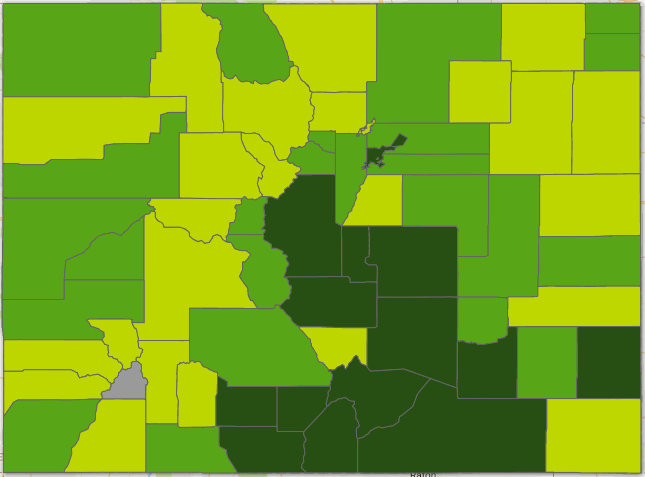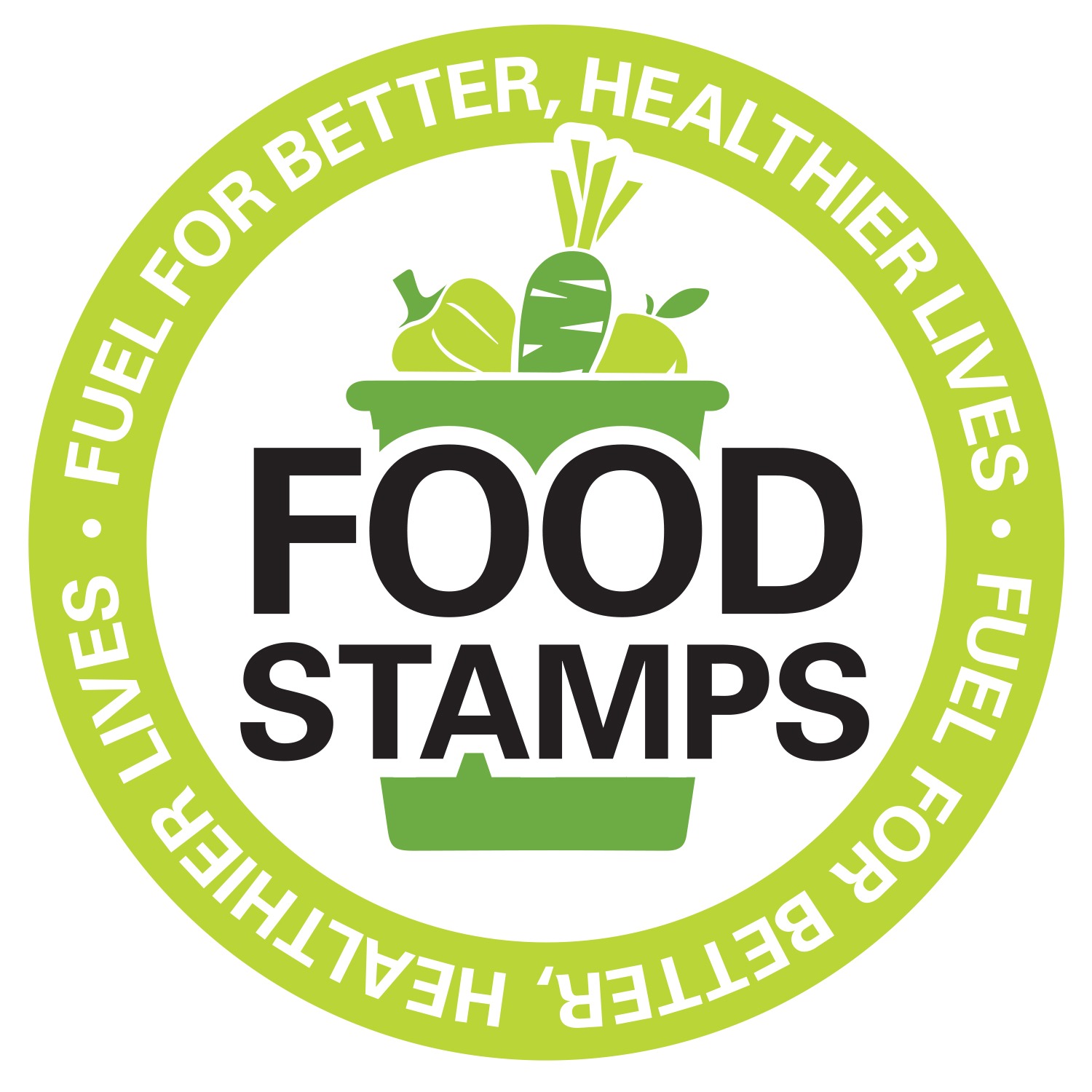 The Colorado economy is one of the strongest in the country, yet one in 10 struggles with hunger across the state. Food stamps provide a solution by helping families and individuals weather life’s storms while improving health and academic outcomes among participants and bringing millions of dollars into local economies.
The Colorado economy is one of the strongest in the country, yet one in 10 struggles with hunger across the state. Food stamps provide a solution by helping families and individuals weather life’s storms while improving health and academic outcomes among participants and bringing millions of dollars into local economies.
Today, we released our third annual “Food Stamp Impact Reports” for the state and all 64 counties. They detail the efficiency and effectiveness of the state-supervised, county-administered program, federally known as the Supplemental Nutrition Assistance Program or SNAP, by examining enrollment, economic impact and performance in each county across the state.
Food stamps provide modest monthly funds for food purchases at grocery stores and farmers markets—averaging $1.42 per person, per meal—yet remain the primary tool for addressing hunger for millions in the U.S. by providing access to healthy, affordable food. National research points to the role of food stamps in education, enhancing academic performance and increasing the likelihood of graduation by 18%. Additionally, studies show connecting families and individuals to healthy food leads to lower rates of chronic conditions, including obesity, diabetes, high blood pressure and heart disease. According to the Public Health Institute, full enrollment in the food assistance program could save Colorado between $1 to $2 billion each year in healthcare costs that are tied to lack of regular access to nutritious food.

“Hunger impacts all areas of our life – health, education, the environment, and our economy – making it an important issue for every Coloradan,” said our CEO, Kathy Underhill. “That’s why we have a shared responsibility to keep our neighbors from going hungry.”
Connecting Coloradans to food stamps is a centerpiece of the strategy in Colorado’s Blueprint to End Hunger, a five-year plan to end hunger that was published in January 2018 and spearheaded by the Colorado Health Foundation with input from more than 40 organizations across Colorado. The President’s recently released budget proposal could impact this work, as it recommends cutting food stamps by 30% and fundamentally restructuring the program. The proposed changes would cut food stamp benefits by nearly 50% for the vast majority of Coloradans who rely on food assistance to weather life’s storms; others—especially seniors living on fixed incomes—could lose these benefits entirely. Enacting these policies would harm Coloradans and work against our efforts to end hunger in Colorado.
The newly released Food Stamp Impact Reports examine outcomes at a county level. The reports compare each county’s performance with the state averages for participation and economic impact, as well as national standards for timely and accurate application processing. The analysis follows the same method as the USDA performance measures used to award bonuses to well-performing states.
Highlights from the released data include:
- Statewide improvements in timely processing mean clients are getting benefits faster.
- Nearly 2 in 3 food stamp participants are children, seniors, or have disabilities.
- Colorado ranks 45th in the nation for access to food stamps with only 58%of those eligible getting the nutritious food they need, which falls below the national average of 75% for enrollment.
- Food stamps support local businesses like grocers, ranches and farms; benefits brought more than $728 million to local Colorado economies in 2016 at an amplified economic impact of more than $1.2 billion.
- Colorado leaves millions of dollars on the federal table and loses more than $261 million annually in grocery sales.
“Hunger is a solvable issue, but only if we come together to build a strong, effective food assistance program that ensures people of all ages, backgrounds, and zip codes get the nutritional support needed for well-being at every stage of life,” said Underhill. “Federal nutrition programs, along with state and local counterparts, each contribute to removing barriers and improving access to healthy, affordable food, which builds a strong foundation for Coloradans.”
Based upon all of the available data and research, we recommend the following solutions to benefit all in the state:
- Embrace food stamps as a tool for promoting financial stability and economic growth for Colorado families and our state.
- Prioritize full enrollment of eligible families and individuals in Colorado’s Food Assistance Program, so the state is at least in line with or above the national average of 75 percent.
- Reduce barriers that keeps eligible families from accessing benefits within the state-supervised, county-based system.
- Partner with local resource agencies to distribute food stamp applications or information for the online system, PEAK.
- Consider expanding operating hours one day per week to allow more working families and individuals to access Colorado’s Food Assistance Program.
“Food stamps continues to be one of the most efficient and effective ways of addressing hunger in our state,” shared Underhill. “Thanks to the hard work of the state and counties, food stamp access and enrollment are already improving, but we still have a long way to go until all Coloradans have the fuel they need to thrive.”
_____________________________________________________________________________
View the Food Stamp Impact Reports for Colorado counties and all sources.
_____________________________________________________________________________

